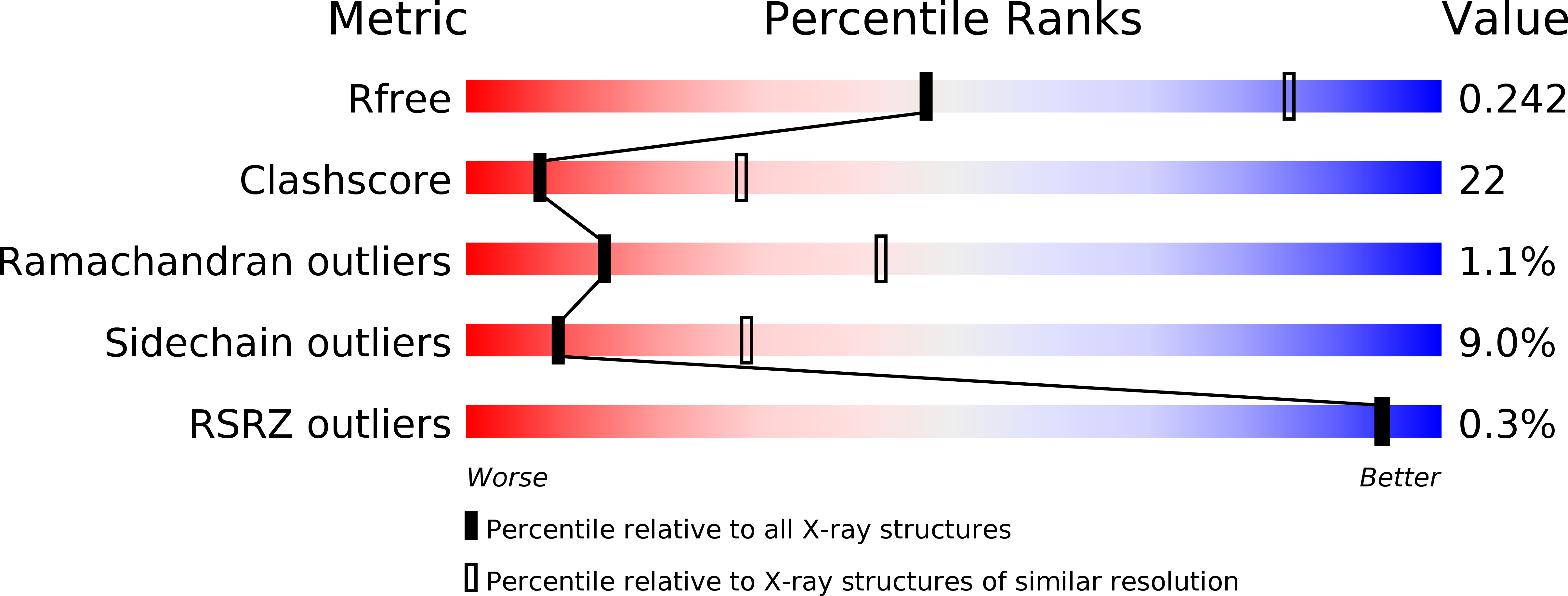
Deposition Date
2010-03-29
Release Date
2010-06-16
Last Version Date
2024-10-30
Entry Detail
PDB ID:
3MCY
Keywords:
Title:
Crystal structure of FimH lectin domain bound to biphenyl mannoside meta-methyl ester.
Biological Source:
Source Organism:
Escherichia coli (Taxon ID: 562)
Host Organism:
Method Details:
Experimental Method:
Resolution:
2.90 Å
R-Value Free:
0.24
R-Value Work:
0.21
R-Value Observed:
0.22
Space Group:
P 41 3 2


